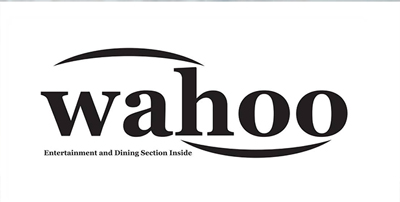Taxes: Most people hate them, and rightly so. We are taxed on our income, then on the things we buy with our already taxed income. We are then taxed yet again on an ongoing basis for things we already own until the day we die. It doesn’t end there, though. We can then be taxed on the right to transfer all of that already taxed property to our heirs. Absolutely absurd, right?
It is no wonder, therefore, that we are always looking for ways to delay paying taxes. While I understand the desire for tax deferral, I always want to keep the bigger picture in mind before deciding to defer taxes. I look at the total lifetime tax on that money, whether it be my tax or my heirs. Many times, I find that tax deferral isn’t always the lowest lifetime tax option.
The way to pay less taxes is to pay them at the lowest possible rate. When I see client’s tax returns where their income is below the top of a low tax rate, I see it as a potentially missed opportunity to have “filled up” that low tax bracket. If you have tax-deferred investments such as IRAs or 401(k)s, you need to discuss with your tax advisor the potential to create additional taxable income up to the limit of a low tax rate.
Why is low tax bracket filling important? First, I always ask the question, “Do you think taxes are going up or down in the future?” Almost nobody says they think taxes are going lower. While we can’t be sure of taxes going up, it really doesn’t matter if tax rates increase or not, as long as your account values are rising. The same tax rate on a much higher account value translates to a much higher tax. In many cases, delaying taxes on a tax-deferred account is simply creating a potentially much higher future tax bill. Worse, dying with those tax-deferred accounts is creating yet another high tax bill for your heirs. Most heirs, with limited exceptions under the revised SECURE Act, have to take all of the funds out of IRAs and 401(k)s in 10 years or less. Adding this forced income onto their existing income can cause them to now pay taxes at a higher marginal tax rate.

Heirs are not the only consideration, however. When it comes to taking required minimum distributions, or RMDs, from these accounts, most clients, in my experience, don’t need or want to have to take money from those accounts. They often have income from Social Security, pensions, and other sources that cover their living expenses. The required distributions simply add unwanted income and, subsequently, higher taxes.
Taking distributions or doing Roth IRA conversions now from inefficient accounts from a future tax or estate planning perspective before they grow larger and/or tax rates potentially increase in the future can help both you and your heirs pay far less taxes overall than delaying those taxes until the accounts grow larger and then passing them to heirs without the benefits of a stepped-up basis or being tax-free in accounts such as a Roth IRA.
Paying less taxes is always a good thing, but deferring them might not translate into less taxes. It could turn into potentially much higher overall taxes paid by you and your heirs.
Securities offered through Kestra Investment Services, LLC (Kestra IS), member FINRA/SIPC. Investment advisory services offered through Kestra Advisory Services, LLC (Kestra AS), an affiliate of Kestra IS. Reich Asset Management, LLC is not affiliated with Kestra IS or Kestra AS. The opinions expressed in this commentary are those of the author and may not necessarily reflect those held by Kestra Investment Services, LLC or Kestra Advisory Services, LLC. This is for general information only and is not intended to provide specific investment advice or recommendations for any individual. It is suggested that you consult your financial professional, attorney, or tax advisor with regard to your individual situation. To view form CRS visit https://bit.ly/KF-Disclosures.
















